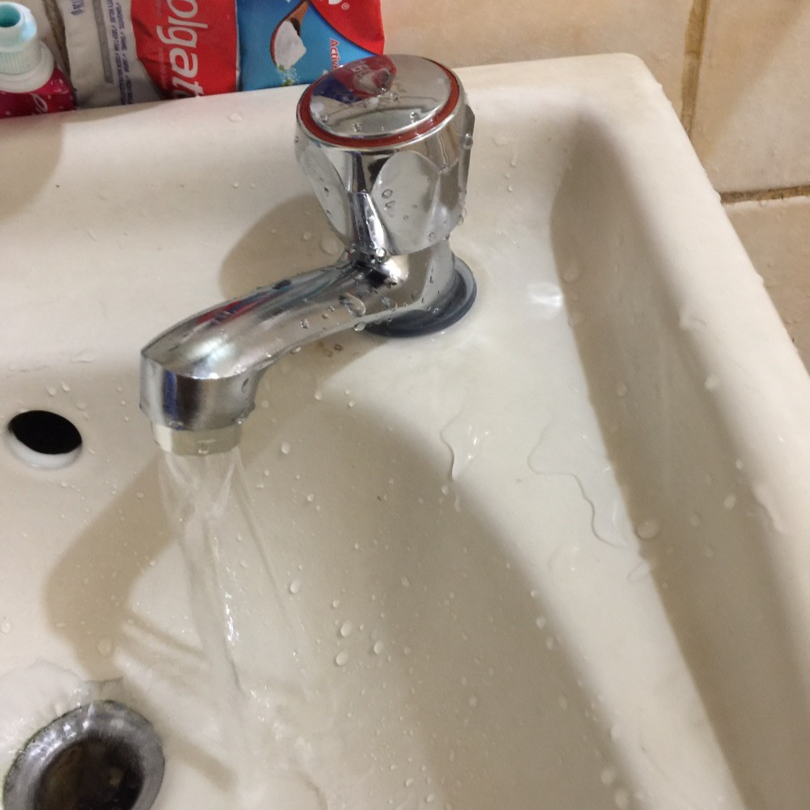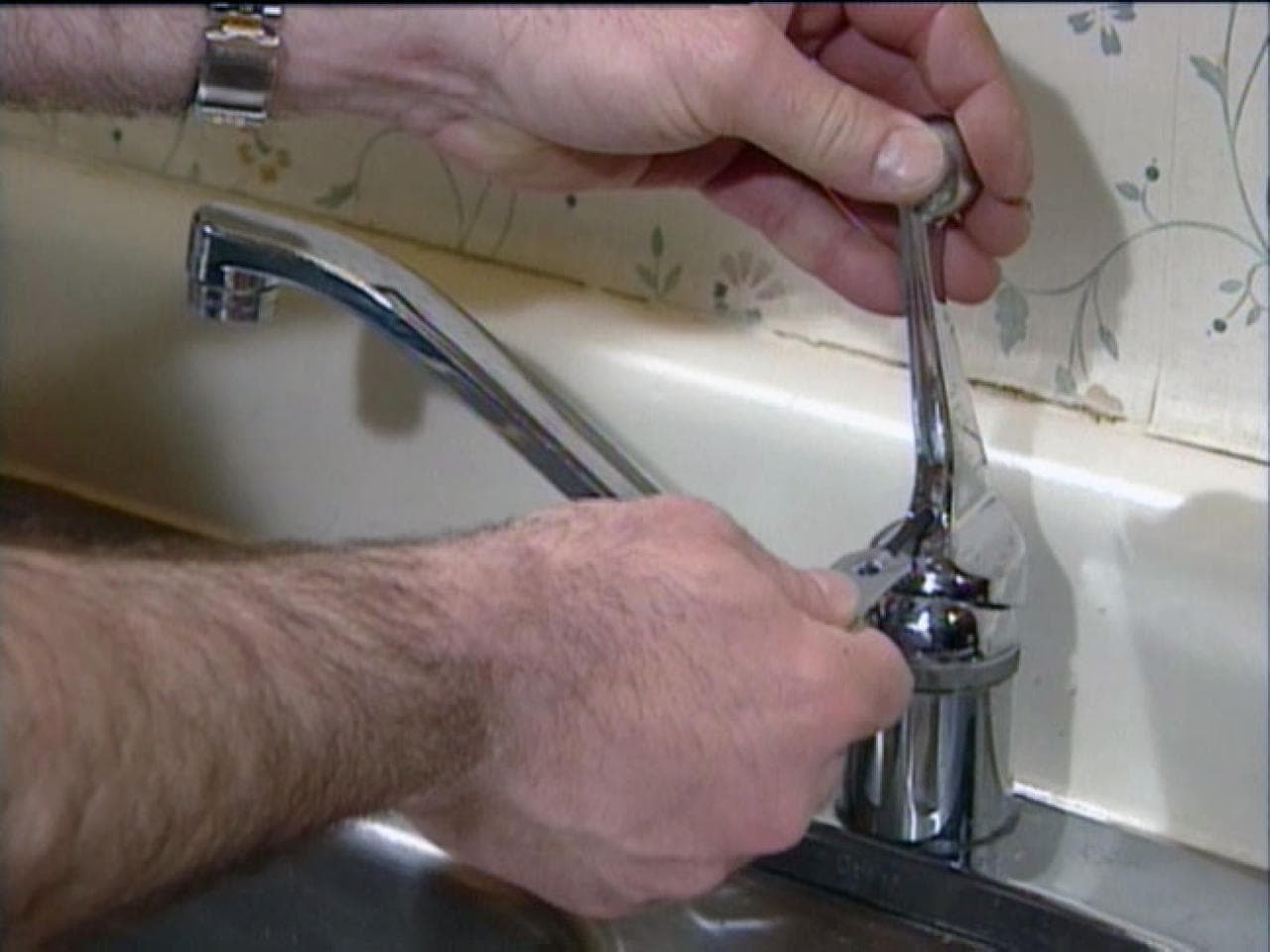We have stumbled on this post relating to Water Dripping from Faucet: Why and How to Fix down the page on the internet and believe it made perfect sense to discuss it with you on this page.

Dripping taps could look like a small inconvenience, but their effect exceeds just the annoyance of the audio. From drainage to incurring unnecessary financial expenses and wellness risks, disregarding a trickling faucet can lead to different repercussions. In this article, we'll delve into why it's essential to address this typical home problem promptly and effectively.
Waste of Water
Environmental Effect
Trickling faucets add substantially to water waste. According to the Environmental Protection Agency (EPA), a single tap trickling at one drip per secondly can waste greater than 3,000 gallons of water per year. This not only stress water resources but likewise influences environments and wildlife depending on them.
Financial Prices
Enhanced Water Expenses
Past the environmental effect, trickling faucets can pump up water costs substantially. The accumulated waste in time equates right into greater energy expenses, which can have been avoided with prompt repairs.
Prospective Property Damages
Furthermore, long term trickling can result in harm to components and surface areas surrounding the tap. Water build-up can trigger staining, rust, and even structural issues if left unattended, leading to added repair work costs.
Health Worries
Mold and Mold Growth
The continuous presence of dampness from a dripping faucet develops an optimal atmosphere for mold and mildew and mold growth. These fungi not only compromise interior air top quality but likewise present health and wellness risks, particularly for individuals with respiratory system problems or allergic reactions.
Waterborne Conditions
Stationary water in dripping faucets can come to be a breeding place for bacteria and other virus, increasing the risk of waterborne illness. Pollutants such as Legionella microorganisms grow in stationary water, potentially leading to severe illnesses when consumed or breathed in.
Do it yourself vs. Expert Repair work
Benefits and drawbacks of Do It Yourself Repair Work
While some may try to deal with a leaking tap themselves, do it yourself repair work include their very own collection of obstacles. Without correct expertise and tools, DIY efforts can aggravate the concern or cause insufficient repair services, lengthening the problem.
Benefits of Employing a Specialist Plumber
Working with an expert plumber makes sure that the underlying source of the trickling faucet is dealt with effectively. Plumbings possess the knowledge and equipment to identify and repair faucet issues effectively, saving time and decreasing the danger of additional damages.
Step-by-Step Overview to Repairing a Dripping Tap
Tools Required
Prior to trying to repair a dripping tap, collect the essential devices, consisting of a flexible wrench, screwdrivers, replacement components (such as washers or cartridges), and plumber's tape.
Common Faucet Issues and Their Solutions
Recognize the kind of faucet and the particular concern causing the drip. Common issues consist of damaged washing machines, corroded shutoff seats, or damaged O-rings. Describe maker guidelines or on the internet tutorials for step-by-step advice on fixings.
Preventive Measures
Routine Maintenance Tips
To avoid trickling faucets, carry out routine maintenance such as cleaning up aerators, inspecting for leaks, and replacing worn-out parts without delay. In addition, take into consideration mounting water-saving devices or updating to a lot more efficient components.
Importance of Prompt Fixes
Resolving trickling taps as quickly as they're seen protects against additional water wastefulness and possible damages, inevitably conserving both water and money in the long run.
Effect On Home Worth
Perception of Well-Maintained Home
Maintaining a residential property in good condition, including dealing with upkeep issues like dripping taps, enhances its viewed worth and charm among possible buyers or lessees.
Impact on Resale Value
Characteristics with well-kept plumbing components, including faucets, command greater resale values in the realty market. Dealing with dripping taps can add to a favorable impression during home evaluations and arrangements.
Ecological Duty
Specific Contribution to Preservation
Taking duty for dealing with leaking faucets lines up with more comprehensive initiatives toward water preservation and environmental sustainability. Every person's actions jointly make a considerable effect on maintaining precious sources.
Sustainable Living Practices
By prioritizing punctual repair services and embracing water-saving behaviors, individuals contribute to lasting living techniques that benefit both existing and future generations.
Verdict
Dealing with a leaking tap exceeds simple comfort; it's an essential action toward conserving water, decreasing economic expenses, and guarding wellness and residential property. Whether via DIY repairs or expert help, taking action to fix dripping faucets is a small yet impactful means to advertise accountable stewardship of sources and contribute to a much healthier, much more sustainable future.
How to Fix a Dripping or Leaky Faucet
A leaking faucet is one of the most common problems that homeowners encounter, but it being commonplace doesn’t make it any less annoying. The constant drip drip drip of a leaking bathtub faucet, showerhead, or sink tap can disturb your home’s serenity. Left neglected, a dripping faucet can also result in higher water bills and discoloration or mold growth in your sink or plumbing fixtures.
Fortunately, you don’t have to be a trained plumber to know how to stop a dripping faucet. With some basic tools, replacement parts, and a little patience, leaky faucet repair is a breeze. In this article, we’ll explain what causes dripping faucets and how you can fix them.
What Causes a Leaking Faucet?
Kitchen and bathroom faucets come in all manner of designs, but most involve some combination of valves, O-rings, seals, and washers. The O-ring is usually the weakest link, but any one of these pieces can wear down over time. Heat, moisture, temperature fluctuations, minerals, mold, and movement can contribute to warping and corrosion, breaking the watertight seal. This just comes with the territory of being a homeowner. Everything is always subject to wear and tear, and some component parts of your appliances and fixtures need to be replaced on occasion. At least replacement O-rings are cheap!
More rarely, dripping faucets can be a symptom of excessively high water pressure. Were this the case in your home, you would probably notice that the leak is not isolated to one faucet. Water pressure issues are harder to resolve on your own. We recommend contacting a professional plumber if you suspect your water pressure is too high.
How to Fix a Dripping Faucet
- Pipe wrench or monkey wrench
- Allen wrench set
- Screwdrivers
- Old towel or rag
Shut off the water.
Before you do anything, you need to turn off the water to keep from drenching your kitchen or bathroom. You should find a valve under the sink and against the wall. Once you’ve turned this valve, try turning the faucet on to confirm that the water source has been cut off.
If you can’t locate your local valve for the faucet you’re working on, you can always shut off the water to the house at the main valve. Of course, this will prohibit anyone from using the sinks, showers, or toilets while you’re working on the faucet that’s giving you trouble.
Plug or block the drain.
You’ll be disassembling the faucet and removing some small bits of hardware. Plug the drain with a stopper or rag to avoid the possibility of a small screw falling into your P-trap.
Take apart the faucet assembly.
There are several varieties of kitchen and bathroom faucets, each with its own manner of assembly. For detailed instructions on how to disassemble your faucet, you can refer to the fixture’s manual or contact the manufacturer. If you know whether you have a ball, disc, cartridge, or compression faucet, you can find detailed schematics online.
In general, you need to begin by removing the faucet handles. You might notice a small screw that you’ll need to remove with a screwdriver or Allen wrench. If you don’t see any visible securing hardware, it’s likely hidden under a decorative cap that can be unscrewed or popped off with flathead screwdriver.
Remove each piece methodically, consulting a schematic when necessary. Take notes or arrange the pieces in such a way to make it easier to correctly reassemble the faucet later.
Remove the cartridge.
Once you’ve removed the handles and securing hardware, you should be able to remove the valve cartridge or stem. Some cartridges will slide right out. Other faucet models will require you to loosen a nut with a pipe wrench before you can remove the valve stem.
Examine the exposed hardware.
With the cartridge or stem removed, inspect the component parts. Check the rubber O-rings for wear and tear. Also examine the seat washer for corrosion or other damage. These pieces are usually the responsible parties for a dripping faucet, but it’s worth inspecting the other component parts while you have the faucet disassembled.
Find replacement parts.
Once you’ve identified which faucet component has failed, find an identical replacement. Your local hardware store should have O-rings, seat washers, and other standard components in stock. If you have a luxury or uncommon faucet, you may have to contact the manufacturer for a replacement part.
It’s a good idea to take your old parts with you to the hardware store so you can compare them with the store’s inventory and be sure you’re purchasing the correct replacement.
Reassemble the faucet.
With your new parts in hand, reconstruct the faucet and handles. Don’t be tempted to overtighten screws or nuts. You might think this could create a better seal, but it can instead damage or bend a delicate part of the assembly and create a new problem for you.
Turn on the water and test the faucet.
The only thing left to do is test your work. Unplug the sink, turn the water back on, and try the faucet. Congratulate yourself on a job well done!
https://www.libertyhomeguard.com/how-to-fix-a-dripping-or-leaky-faucet/

Do you appreciate reading about Why Are My Faucets Dripping (And Can I Fix It Myself)?? Make feedback down below. We will be happy to know your responses about this article. We are looking forward to see you back again in the near future. Appreciated our post? Please share it. Help somebody else discover it. I take joy in your readership.
Comments on “Uncovering the Significance of Dealing with a Dripping Faucet”